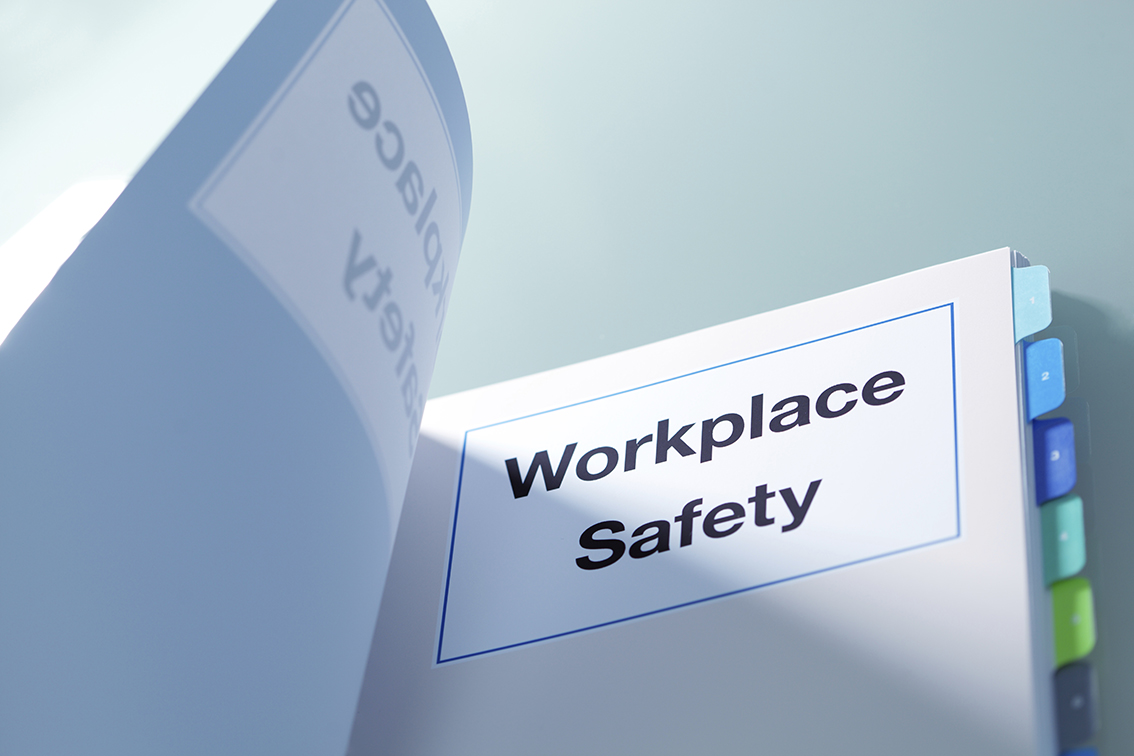An effective safety program doesn’t come out of nowhere. It takes years of hard work and dedication, a company’s leadership, an engaged workforce and a safety system that addresses all the major causes of injuries. Just take a look at Scot Forge, which was recently named one of America’s Safest Companies by EHS Today for having a safety program that addressed the following six areas:
- safety leadership
- employee engagement
- compliance requirements
- human factors
- positive culture
- off-the-job safety
The success of any safety program always starts at the top. Exceptional safety programs all have a proactive safety leader and strong management team. Common leadership elements also include:
- leadership participation in safety training
- integrating safety into all operations and departments
- providing resources for sustained safety success
But success in safety requires a lot more than leadership. Employee engagement is essential to a well-rounded safety system, and a sense of personal accountability and situational awareness form the backbone of employee engagement. A few people have these skills naturally, but most employees need to develop them through training.
Most safety programs do a relatively good job of minimizing the risks of physical hazards through engineering solutions and procedures like lockout/tagout. But even exceptional engineering and controls can only take you so far—you’ll need to address common human factors that contribute to injuries. Organizational safety performance can dramatically improve once you start addressing rushing, frustration, fatigue and complacency.
Addressing human factors with personal safety skills also allows you to extend safety beyond the workplace to 24/7 injury prevention—an additional minimum safety requirement since your employees are at higher risk off the job than they are at work. And there is a significant lost-time cost to employers regardless of whether someone is injured at work, at home or on the road.
Another major contributor to a rigorous safety system—and a natural outcome of addressing human factors—is a major increase in the number of positive safety communications among workers and the frequency of near-miss reporting. These are signs that employees are actively looking out for themselves and others, and are putting their situational awareness to good use.
Is your safety program missing the mark on one or more of these essential aspects of safety? Human factors, off-the-job safety and a positive observation culture are the most frequently overlooked elements, and all can be addressed with a human factors training program. An exemplary safety system is achievable, but it takes leadership, engaged employees and a commitment to addressing both physical hazards and human error at work and at home.

